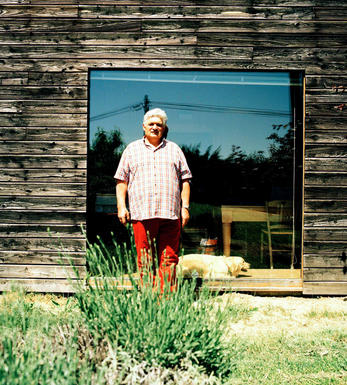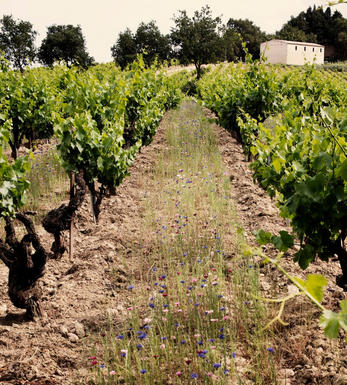
2011 Côte-Rôtie, Domaine Pierre Gaillard, Rhône

Critics reviews
Jeb Dunnuck - 30/12/2013
Jancis Robinson MW, jancisrobinson.com – 6 Feb 2013
Robert Parker, Wine Advocate #204, Dec 2012
About this WINE

Domaine Pierre Gaillard
Pierre Gaillard grew up amongst vines. At 12, he was found ploughing his family vineyard with a horse. Following his winemaking studies in Montpellier, he bought his first lands in St. Joseph in 1981, reviving the “Clos de Cuminaille” – an ancient wine growing estate dating back to Roman times.
In recent years, Pierre’s children have been getting more involved at the domaine; but his own passion and influence still remain at the core of the impressive property. As well as being one of the top growers in St Joseph, Pierre is also one of a handful of producers realising the potential of Seyssuel to the north of the region. In total, he has over 60 parcels spread over 35 hectares in the Northern Rhône, which makes for an extremely comprehensive overview of everything these appellations have to offer.
We tasted the 2021s alongside Pierre-Antoine, Pierre’s son. Some of the wines were still in tank or barrel, so he made us up a ball-park blend to taste. His various incantations of Syrah had the refined, elegant style and notes of fresh herbs common to this vintage. Some new oak is used on the wines but less than some years, to allow the fruit purity to dominate – a style that works especially well this year due to the refined profiles.
As always, the whites on offer are a vintage ahead, so 2022 this year. You’ll remember how hot the summer was and this was true in the Northern Rhône too. However, extreme heat made the vines shut down and prevented sugar development, saving the wines from high alcohols and retaining acidity. Adapted vine canopy management to shade the grapes and prevent sunburn was also key. While the wines have a warmer profile than the 2021s, they nonetheless showed freshness to counterbalance their depth.

Côte-Rôtie
Côte-Rôtie is one of the most famous of the northern Rhône appellations, with some single vineyard cuvées now selling for the same prices as First Growth Bordeaux. It is the northernmost outpost of the Syrah grape.
Côte-Rôtie translates as ‘roasted hillside’, as the south-facing slopes are exposed to the maximum-possible sunlight. Vines have been planted here since Roman times, although the appellation was only created in 1940. Today it covers 500 hectares, with 276 hectares of vineyards stretched across eight kilometres.
Phylloxera devastated vineyards in the late 1800s and Côte-Rôtie’s fortunes remained in the doldrums for another century. After the War, a farmer would receive double the price for a kilo of apricots as for a kilo of grapes, hence vineyards were grubbed up and wine production became increasingly smaller.
It has only really been recognised as a top-quality wine-producing area since the 1970s, with Guigal being the main impetus behind its revival. The two best slopes, Côte Brune and Côte Blonde, rise steeply behind Ampuis and overlook the river. The Côte Brune wines are much firmer and more masculine (the soils are clay and ironstone), whereas the Côte Blonde makes wines with more finesse and elegance due to its light, sandy-limestone soil. Both the Côte Brune and Côte Blonde vineyards rise to 1,000 feet, with a gradient of 30 to 50 degrees.
The wines are made from the Syrah grape, however up to 20 percent of Viogner can be used in the blend, adding finesse, elegance and floral characteristics to the wine. Viognier ripens more quickly than Syrah and the appellation rules stipulate that the grapes must be added to the fermentation – rather than blended later. The best Côte-Rôtie are very deep in colour, tannic and spicy, and need 10 years to evolve and develop.
There are nearly 60 official vineyards (lieux-dits); the best-known are: La Mouline, La Chatillonne (Vidal-Fleury, owned by Guigal) and La Garde (Rostaing) in Côte Blonde; La Viallière, (Rostaing), La Landonne (Guigal, Rostaing) and La Turque (Guigal) in Côte Brune.
Styles vary from heavily-extracted tannic wines which need many years to soften through to lighter, supple and less-structured wines which do not require extended bottle ageing. The most famous wines of Côte-Rôtie are Guigal’s three single-vineyard cuvées: La Mouline, La Turque and La Landonne. These are aged in new wood for 48 months, and demand for them amongst connoisseurs and collectors is significant, leading to prices sometimes comparable to Bordeaux First Growths.
Recommended producers: Guigal, Gerrin, Rostaing, Ogier, Burgaud
Best vintages: 2006, 2005, 2004, 2001, 1999, 1991, 1990, 1985

Syrah/Shiraz
A noble black grape variety grown particularly in the Northern Rhône where it produces the great red wines of Hermitage, Cote Rôtie and Cornas, and in Australia where it produces wines of startling depth and intensity. Reasonably low yields are a crucial factor for quality as is picking at optimum ripeness. Its heartland, Hermitage and Côte Rôtie, consists of 270 hectares of steeply terraced vineyards producing wines that brim with pepper, spices, tar and black treacle when young. After 5-10 years they become smooth and velvety with pronounced fruit characteristics of damsons, raspberries, blackcurrants and loganberries.
It is now grown extensively in the Southern Rhône where it is blended with Grenache and Mourvèdre to produce the great red wines of Châteauneuf du Pape and Gigondas amongst others. Its spiritual home in Australia is the Barossa Valley, where there are plantings dating as far back as 1860. Australian Shiraz tends to be sweeter than its Northern Rhône counterpart and the best examples are redolent of new leather, dark chocolate, liquorice, and prunes and display a blackcurrant lusciousness.
South African producers such as Eben Sadie are now producing world- class Shiraz wines that represent astonishing value for money.


Buying options
Add to wishlist
Description
Pierre Gaillard is one of the most respected vignerons in the Northern Rhône. With experience at Vidal-Fleury and Etienne Guigal, he rapidly built a reputation of his own when he first started producing is own wines in 1987. He is particularly skilful in using oak to coax luxuriant and extremely seductive flavours, but flavours that never lose sight of the individuality of their originating terroirs.
In top years, such as this, when Rose Pourpre is made, the generic Côte-Rôtie tends to come from vineyards of a more Blonde persuasion, its 10 percent Viognier lending high-toned aromatic harmony to the ensemble. The palate is creamy and rich, with ripe raspberry and cassis, and its style is modern but seductive.
wine at a glance
Delivery and quality guarantee